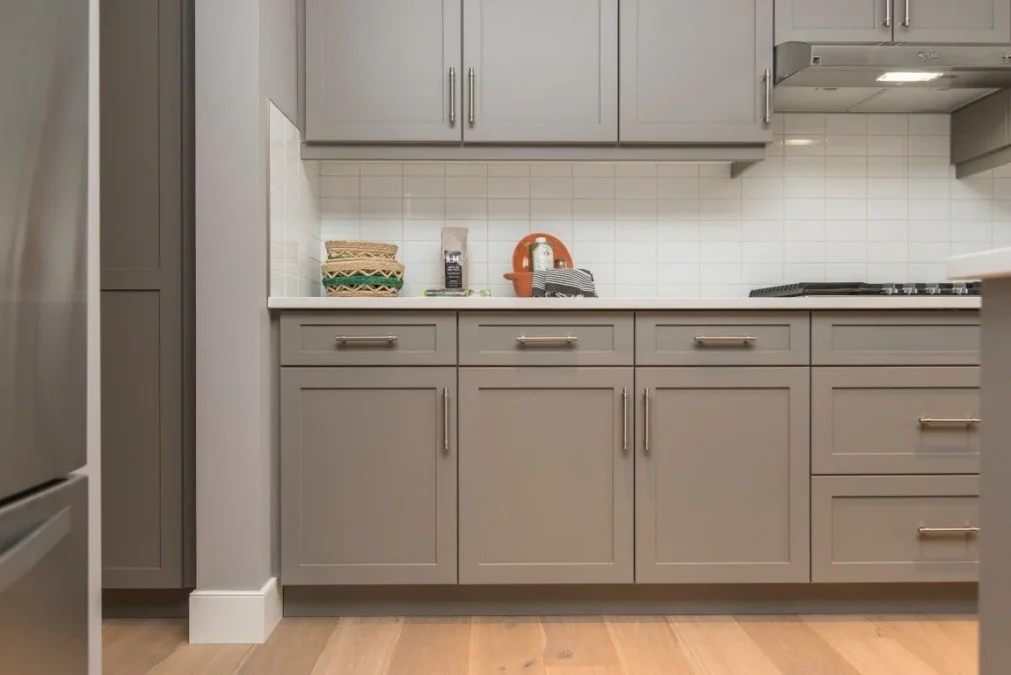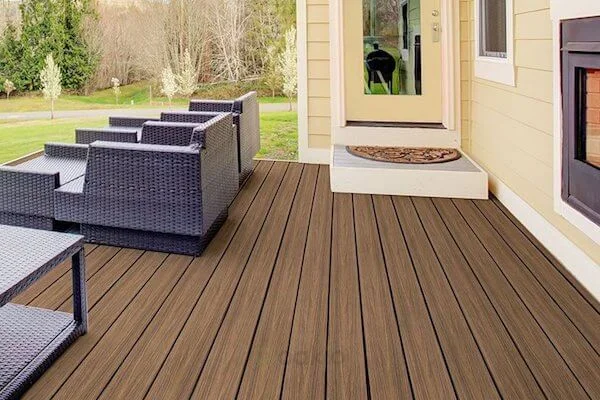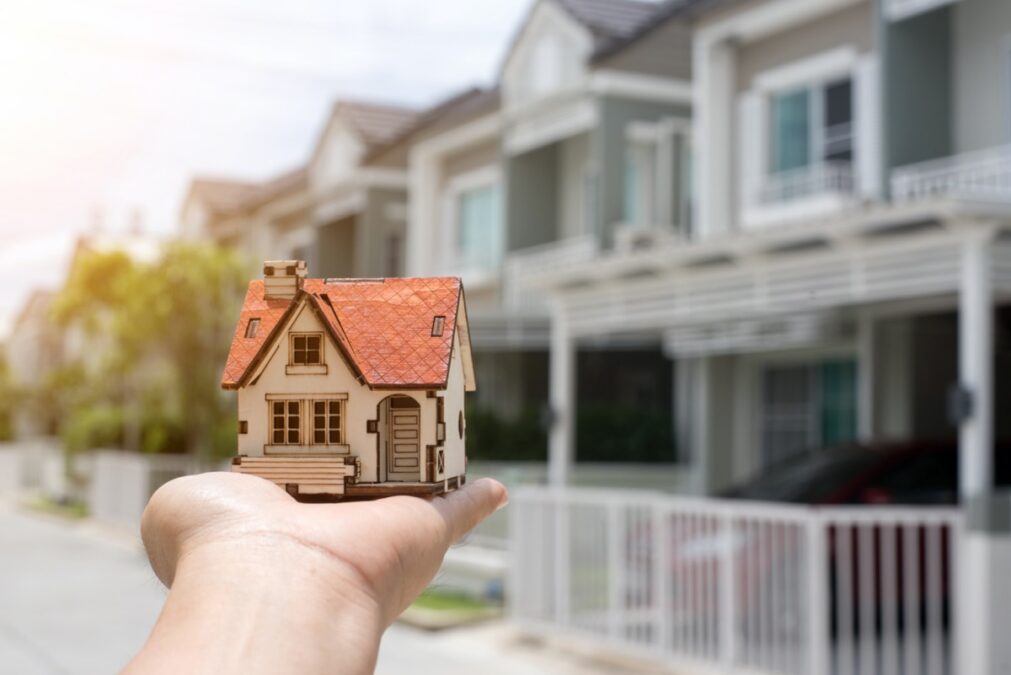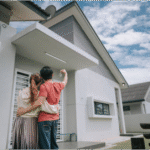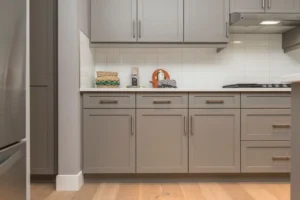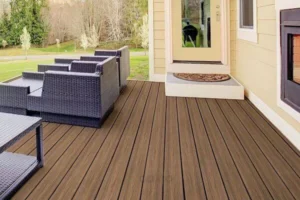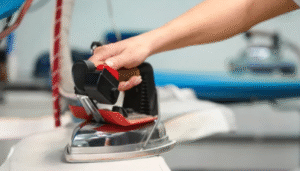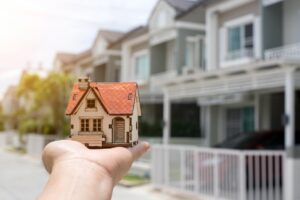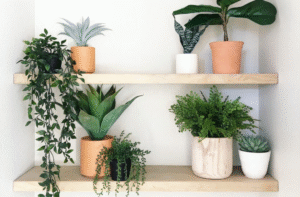How to add green changes after a home check?
Making your home better for the Earth can seem hard after a home check. But small changes can save energy and money. You can look at things like windows, doors, or heating to see what to fix.
Green changes can also make your home worth more and help you pay less for bills. Want to make your home nicer and save money? Keep reading to find easy ways to use your home check to make green changes that fit your needs and budget!
Fix Air Leaks
Air leaks around doors, windows, and walls can let cold or hot air in and out. This makes your heating and cooling systems work harder, which raises energy bills. Finding and sealing these leaks is one of the easiest ways to make a home greener.
Use weather stripping, caulk, or foam sealant to close gaps and cracks. Checking places like electrical outlets, baseboards, and attic hatches can help catch hidden leaks.
After a home inspection, it’s smart to focus on these spots first because they have a big impact on energy use. Atlanta residential inspections often point out air leaks, helping homeowners know exactly where to fix and save energy.
Upgrade to Energy-Efficient Lights
Using energy-saving lights can help cut down on electricity use and save money. LED bulbs use much less power than old-style bulbs and last a long time. They come in many sizes and shapes, so they fit most lamps and light fixtures.
Changing to these lights helps stop wasting energy and is good for the planet. After a home inspection, it’s smart to change old bulbs in rooms where lights are used a lot, like the kitchen or living room.
This small change can lower bills and help the environment. Using energy-saving lights is an easy way to make a home better and save money over time.
Improve Insulation
Keeping heat inside in winter and outside in summer helps save energy and money. Adding or fixing insulation in walls, attics, and floors can help your home stay warm or cool. Insulation works like a warm blanket that stops air from going in or out.
If a home has bad insulation, it uses more heating or cooling, which costs more money. After a home check, you can see where insulation needs to be added or fixed.
Using the right insulation in different parts of the house helps keep it comfy all year. Good insulation is one of the best ways to save energy and help the Earth.
Use Water-Saving Fixtures
Water-saving fixtures like low-flow showerheads and faucets help cut down on water use without making it harder to get enough water. These fixtures reduce water waste and lower water bills. They work well in bathrooms and kitchens and are easy to install.
Using water-saving fixtures helps protect the environment by saving a valuable resource. Making this small change after a home inspection can lead to big savings in water use over time.
Install a Programmable Thermostat
A programmable thermostat lets you set a schedule for heating and cooling your home. This means the system works only when needed, saving energy and money.
For example, it can lower the heat when you are away or sleeping and warm the home before you return. This helps keep your home comfortable without wasting power.
Installing a programmable thermostat is a simple and smart way to make your home more energy efficient. It reduces unnecessary heating and cooling, which helps lower bills and makes your home greener. Using this device after a home inspection can improve energy use without any extra effort.
Choose Energy-Efficient Appliances
Getting new appliances that use less energy can save money and help the planet. Look for the Energy Star label, which means the appliance uses less power.
These appliances do the same jobs as old ones but use less electricity. After a home check, picking energy-saving appliances can help lower how much energy your home uses.
This helps cut down on bills and saves energy. Changing to energy-efficient appliances is a smart way to make your home better and save money in the long run.
Add Solar Panels or Solar Water Heaters
Using solar panels or solar water heaters can lower energy use by using the sun’s power. Solar panels turn sunlight into electricity to run the home’s lights and appliances. Solar water heaters use the sun’s heat to warm water for showers and washing.
These systems can reduce the need for electricity from the grid, which saves money and helps the environment. After a home inspection, adding solar systems is a strong way to make a home greener.
Though the start cost can be high, the long-term savings and benefits make it worth the investment. Solar energy is a clean and reliable way to power parts of the home.
Use Smart Power Strips to Cut Standby Power
Many devices use electricity even when they are turned off. This is called standby power, and it wastes energy. Smart power strips can help by cutting power to devices when they are not in use.
These strips can turn off power to groups of electronics, like TVs, computers, and chargers, stopping them from drawing electricity. Using smart power strips after a home inspection helps lower energy waste and reduce electric bills.
This small change is easy to make and can save money while making a home more energy efficient and green.
Plant Shade Trees Around the Home
Shade trees can help keep a home cool by blocking sunlight from hitting walls and windows. This natural cooling reduces the need for air conditioning, which saves energy and money.
Trees also clean the air and add beauty to the yard. Planting them in the right spots, like near the south and west sides of a house, gives the best shade.
After a home inspection, adding shade trees is a smart way to make a home greener and more comfortable while helping the environment.
Turn Your Home Inspection Into Green Action
Using the results of a home inspection to make green improvements is a smart way to save energy and money. Small changes like fixing leaks, adding insulation, or using water-saving fixtures can make a big difference.
These steps help the home stay comfortable and lower bills. Taking action after an inspection is a great way to make your home better for both you and the environment.
Did you find this article helpful? You can check out our website for more awesome content like this.

